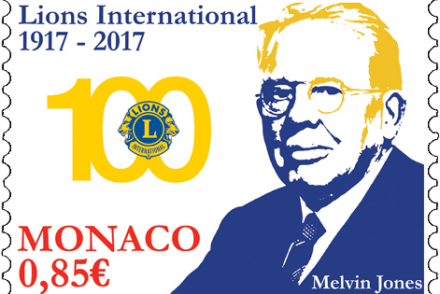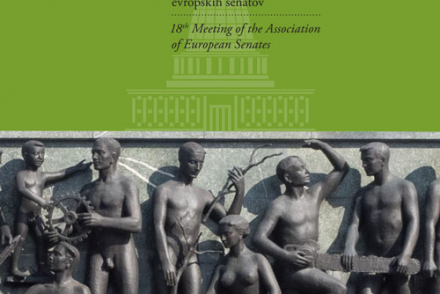Austrian Wine Regions – Vienna
Austria – It is not the city itself, but the wine produced there that is the focus of this commemorative stamp from the “Austrian wine regions” series: the Gemischte Satz – or, to be more precise, the Wiener Gemischte Satz DAC – is the typical wine from the wine region of Vienna. The design of the stamp shows the light white wine in a wine glass and a view of Vienna?s inner city with St. Stephen?s Cathedral.
Vienna is the only major city in the world in which an economically relevant level of viticulture is practised within the city?s limits. There are around 600 hectares of arable land within the city, with up to 80 per cent being used to cultivate grapes for white wine and 20 per cent for red wine. The annual yield amounts to over 20,000 hectolitres. The growing regions are distributed across several districts: wine is produced in Floridsdorf, Favoriten, Liesing, Ottakring, Hernals and Döbling, with Döbling being the best known wine producing region of Vienna. Grinzing, Kahlenbergerdorf, Nussdorf, Neustift am Walde – these are the homes of the best known “Heurigen” (this year?s wine), visited by just about every tourist.
A typical young vintage wine is the Wiener Gemischte Satz, which, with the right vineyard management and vinification, can even make its way into the ranks of the truly great white wines. What is special about it is that it is produced from a mixture of grape varieties, as indicated by the word “gemischte”. However, these are not blended at production (as in the case of a cuvée), but between three and twenty different varieties of good quality white wine grapes are planted together in the vineyard and subsequently harvested and processed together. Since the Wiener Gemischte Satz was accorded DAC status (Districtus Austriae Controllatus) in 2013, its composition has been strictly regulated. The proportion of the main grape variety must not exceed 50 per cent, and the third largest contingent must constitute at least 10 per cent. The Gemischte Satz can be given a more precise geographic designation than simply “Vienna”, but in this case it must have an alcohol content of at least 12.5 per cent and can only be sold from March of the year following the harvest. This single site wine does not have to be “dry”.
The Gemischte Satz has a long-standing tradition. For centuries different grape varieties have been planted together in Vienna in order to ensure the quality and the yield: even in the event of adverse weather conditions, different flowering periods and varying degrees of ripeness ensure that they never lose the entire harvest. At the same time, this results in multi-faceted wines, which, thanks to enthusiastic young Viennese vintners, are today enjoying a renaissance. The typical Wiener Gemischte Satz without a more precise designation is dry, fresh and fruity, the flavour naturally depending upon the grape varieties which were used. It is versatile and is the perfect accompaniment for traditional Austrian cuisine.
As a high-quality, regional, sustainable and traditionally manufactured product, the Wiener Gemischte Satz has been included in the Slow Food Foundation for Biodiversity?s “Ark of Taste” and has, furthermore, been designated a “Presidium product”.
Technical Details
Issue Date: 16.03.2017
Designer: David Gruber
Printer: Joh. Enschedé Stamps B.V
Process: Offset
Values: €0.68




